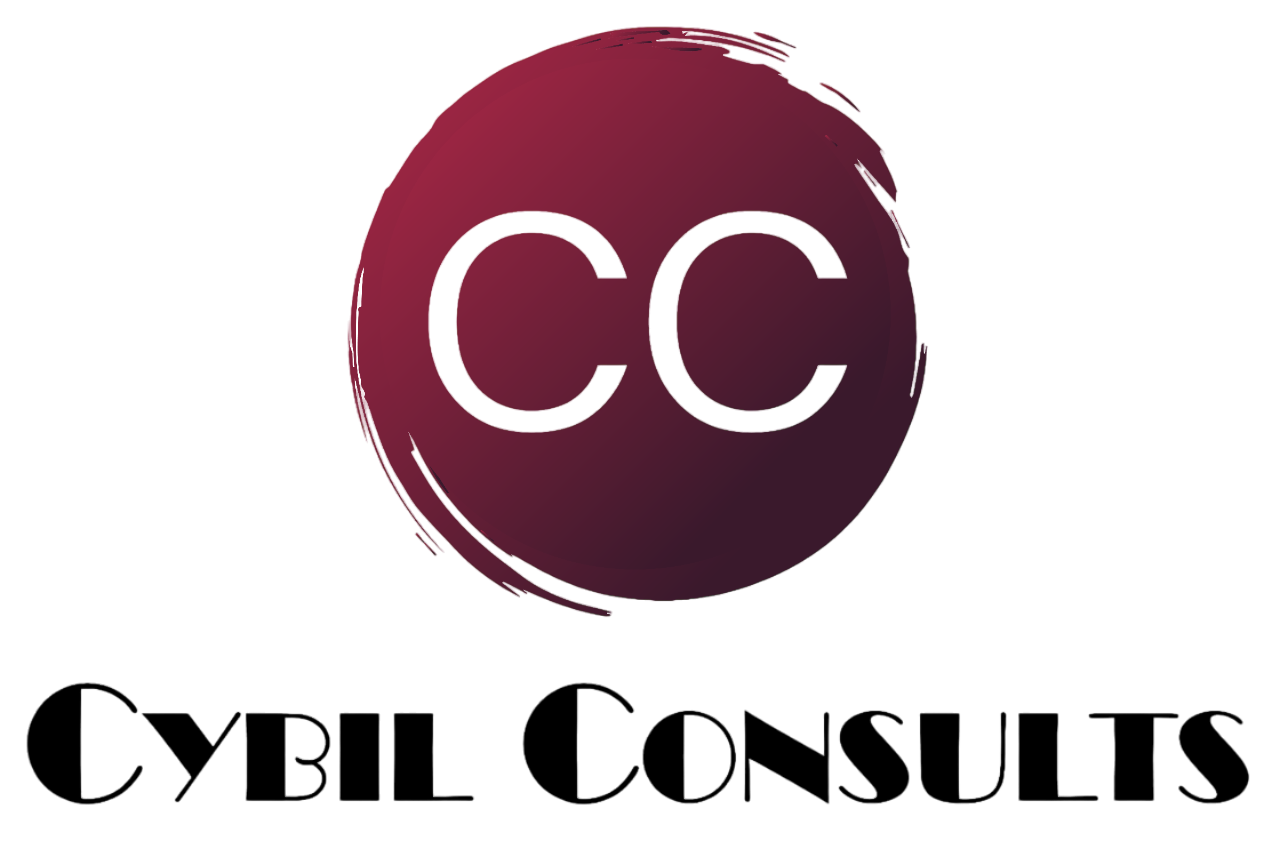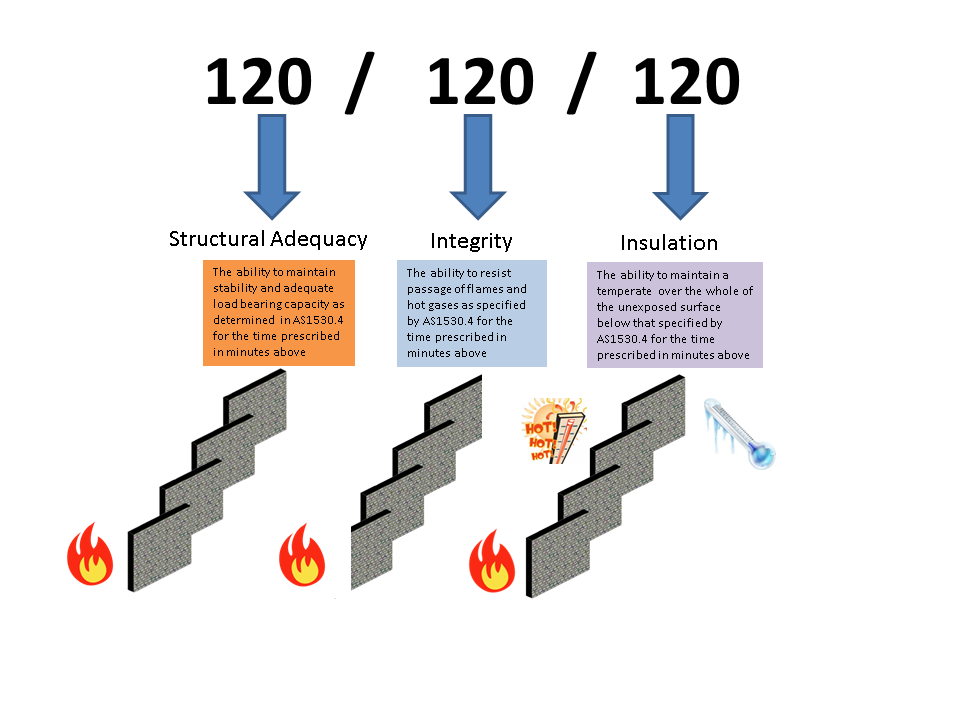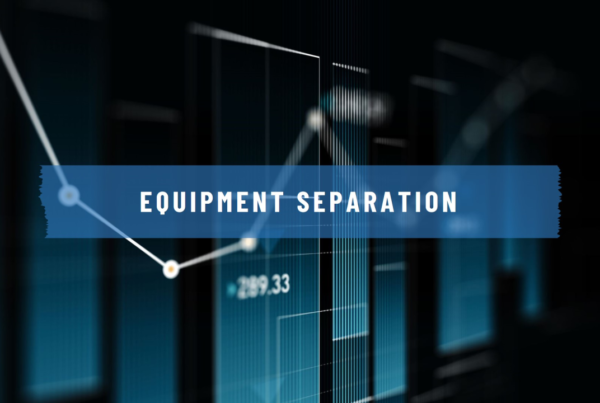Evidence of Suitability, in determining the FRL of building elements.
Purpose:
This article will explain how to interpret the clause A5G3 of NCC 2022 for evidence of suitability when it comes to determine the FRL of any building elements. As I have come across couple of assessment reports from accredited testing laboratories and professional engineers who claim that their reports align with the requirements of clause A5G3 but in my understanding their bold assumptions are not code compliance.
Clause A5G3 of NCC 2022
The clause A5G3(1) says that “Subject to A5G5, A5G6, A5G7 and A5G9, evidence to support that use of material, product, form of construction or design meets a performance requirement or a deemed to satisfy provision may be in the form of anyone, or any combination of the following.
a)
b)
c)
- d) A report issued by an Accredited Testing Laboratory that—
(i) demonstrates that a material, product or form of construction fulfils specific requirements of the BCA; and
(ii) sets out the tests the material, product or form of construction has been subjected to and the results of those tests and any other relevant information that has been relied upon to demonstrate it fulfils specific requirements of the BCA.
- e) A certificate or report from a professional engineer or other appropriately qualified person that—
(i)certifies that a material, product, form of construction or design fulfils specific requirements of the BCA; and
(ii)sets out the basis on which it is given and the extent to which relevant standards, specifications, rules, codes of practice or other publications have been relied upon to demonstrate it fulfils specific requirements of the BCA”
Commentary:
In my understanding, before you present any documentary evidence in reference to A5G3(1)(d) or (e), it should be well understood that these clauses are subjective to A5G4, which says “Where a Deemed-to-Satisfy Provision requires a building element to have an FRL, it must be determined in accordance with Specifications 1 and 2.”
I am also quoting the explanatory information as “If under a Deemed-to-Satisfy Provision a building element is required to have an FRL, then A5G3 may be used to provide evidence to show that the FRL has been determined in accordance with Specification 1 and 2. In the case of a test report from an Accredited Testing Laboratory, the report may be either— the test report referred to in clause 2.16.2 of AS 1530.4 (also referred to as a full test report); or the regulatory information report referred to in clause 2.16.3 of AS 1530.4 (also referred to as a short-form report).
In both cases the report must be an unabridged copy of the original report. A test certificate referred to in clause 2.16.4 of AS 1530.4 on its own is not suitable for showing compliance with the NCC.”
Hence, when it comes to apply the mind and make assumptions by Accredited Testing Laboratory or Professional Engineer, it must be taken into account that clause S1C2 (c) of Specification 1 specifies that minor differences from actual test results can be considered acceptable if these minor differences are confirmed in report from accredited Testing Laboratory which – (i)certifies that the building element is capable of achieving the FRL despite the minor departures from the tested prototype; and (ii)describes the materials, construction and conditions of restraint which are necessary to achieve the FRL;
Examples:
Having the explanatory information from NCC and relevant clauses of Specification 1, it is apparent that neither the Accredited Testing Laboratory nor the Professional Engineer can make bold assumptions. For example, I came across an assessment report from Accredited Testing Laboratory (not mentioning the name due to confidentiality), where they assume that, though the actual tests were performed for internal and external exposure to fire for duct size for 1000x250mm, these results can be utilized for fire treatment of ducts up to size of 2500mmx2500mm with same thickness of fire treatment products.
Another example to quote from Professional Engineer where FRL of Alpha panels were deemed satisfactory with reference to Report written by Professional Engineer. Bear in mind that those alpha panels could not pass the required FRL during actual tests performed by NATA accredited Testing Laboratory.
In conclusion, in my opinion, there is no other way to assess Fire Resistance Level of building elements with evidence of suitability which contradicts the requirements of NCC Guidelines.




